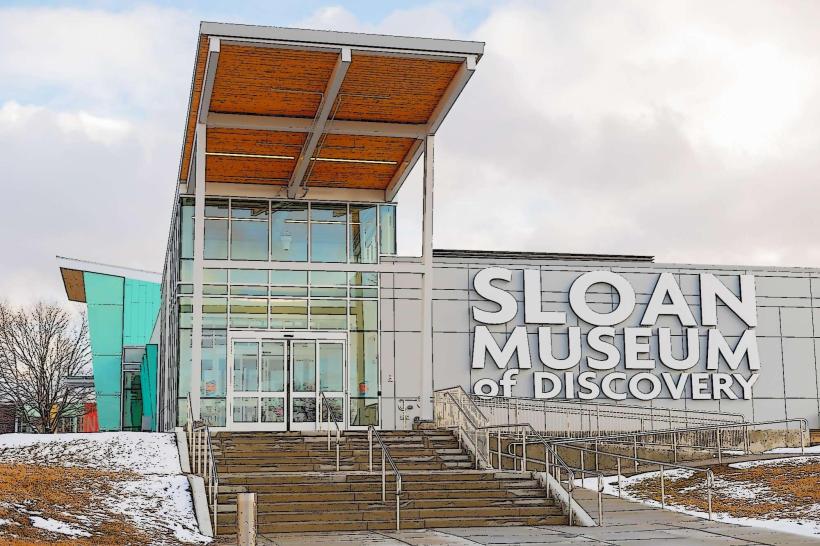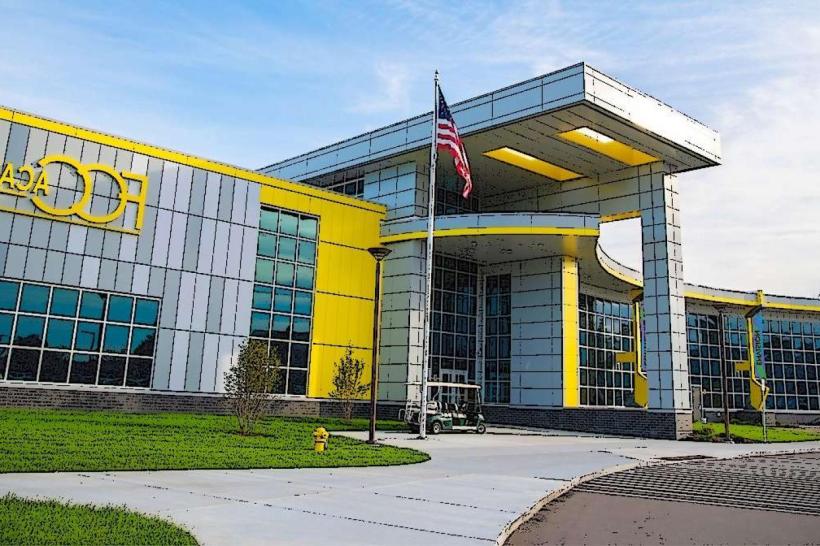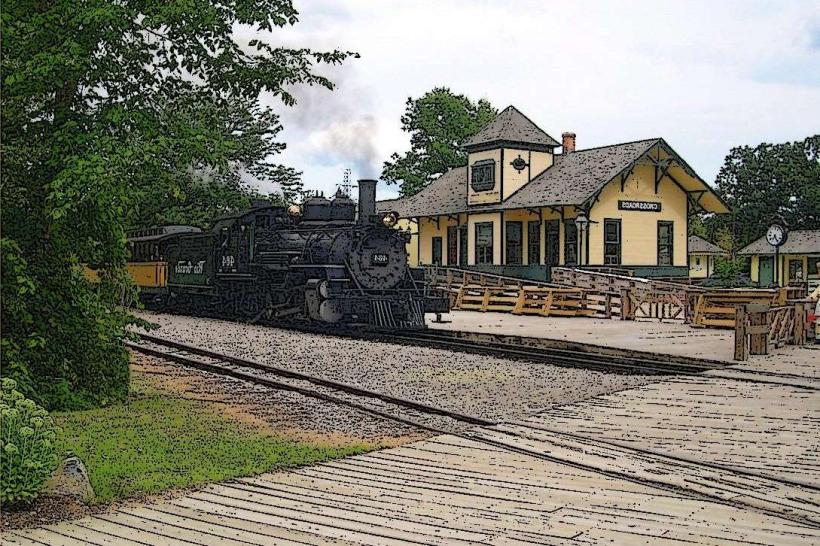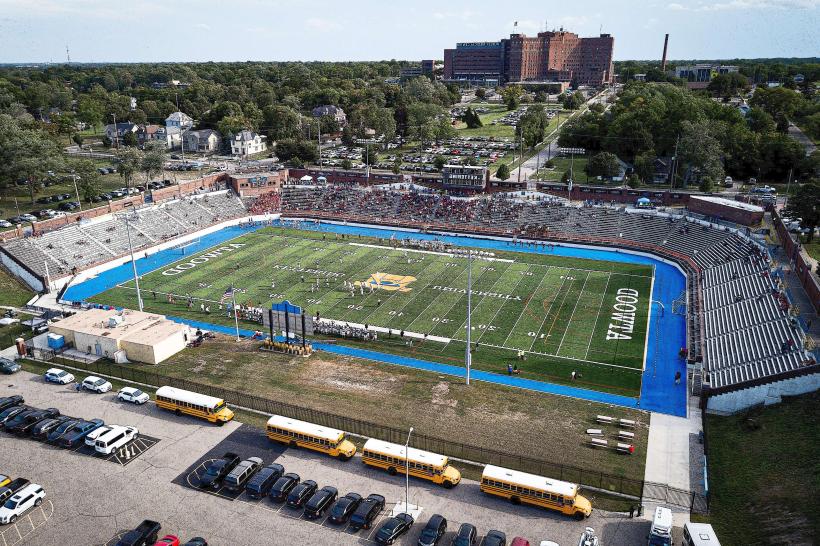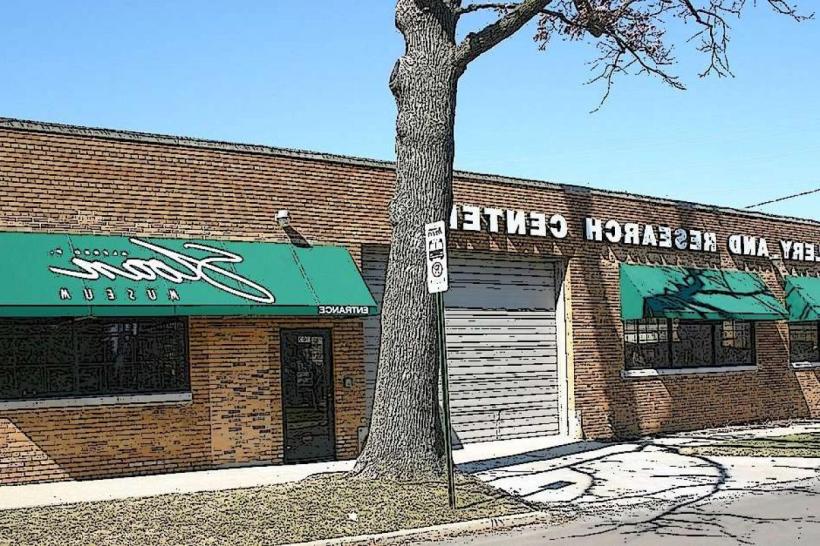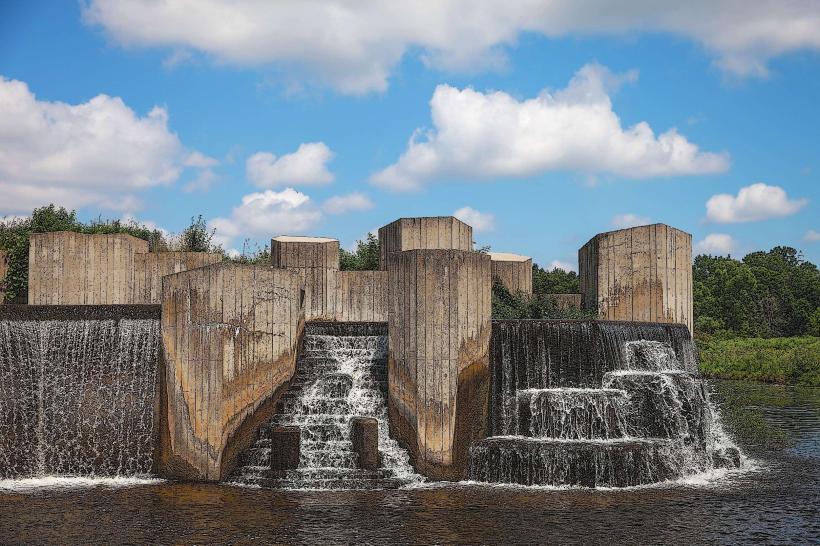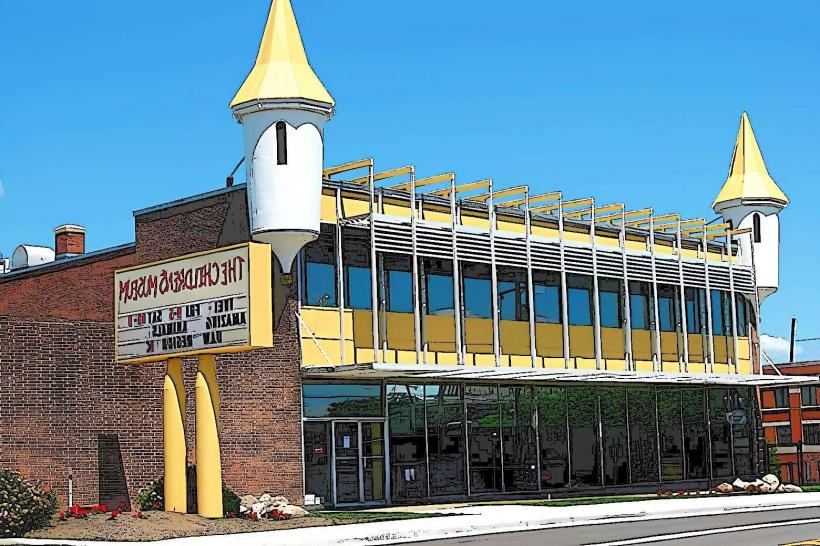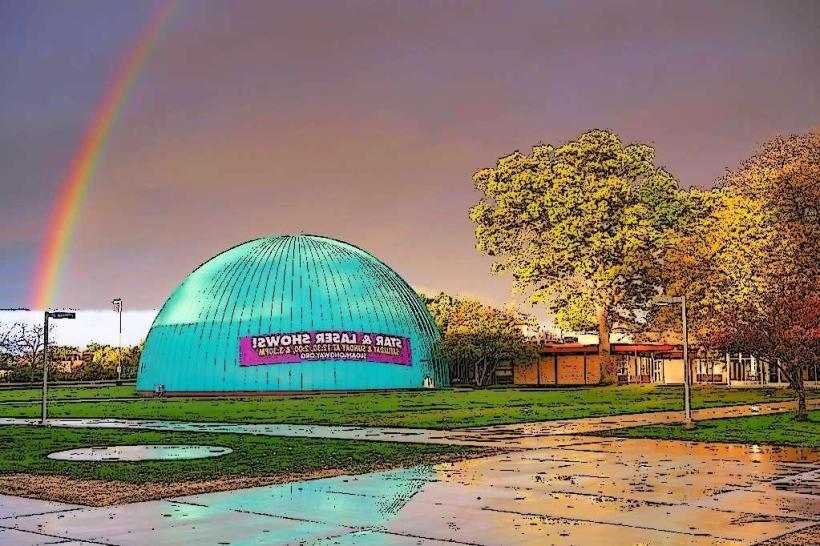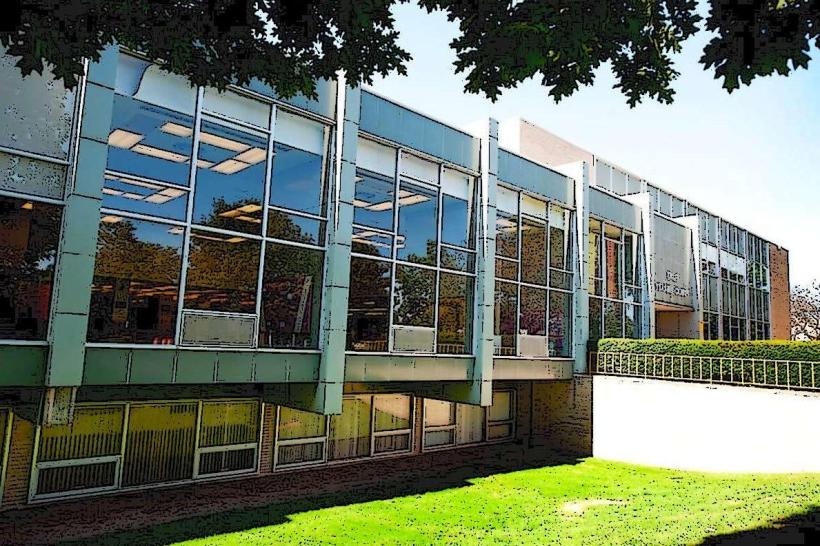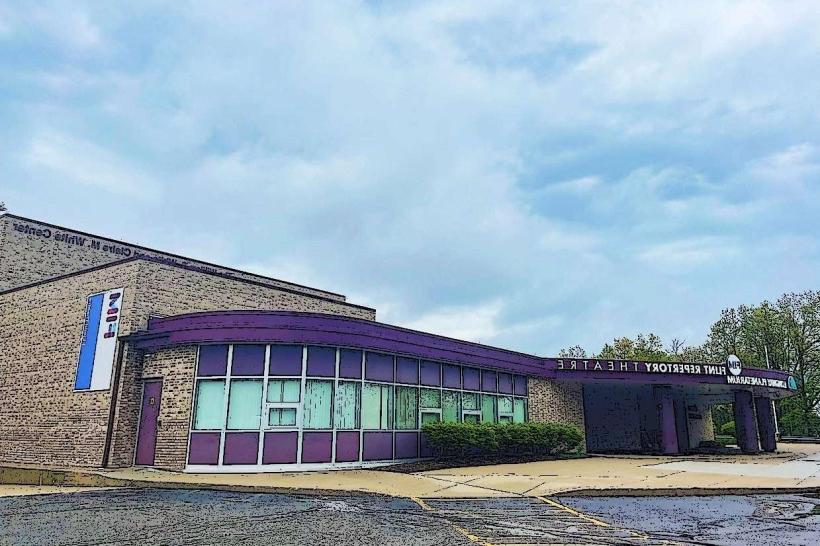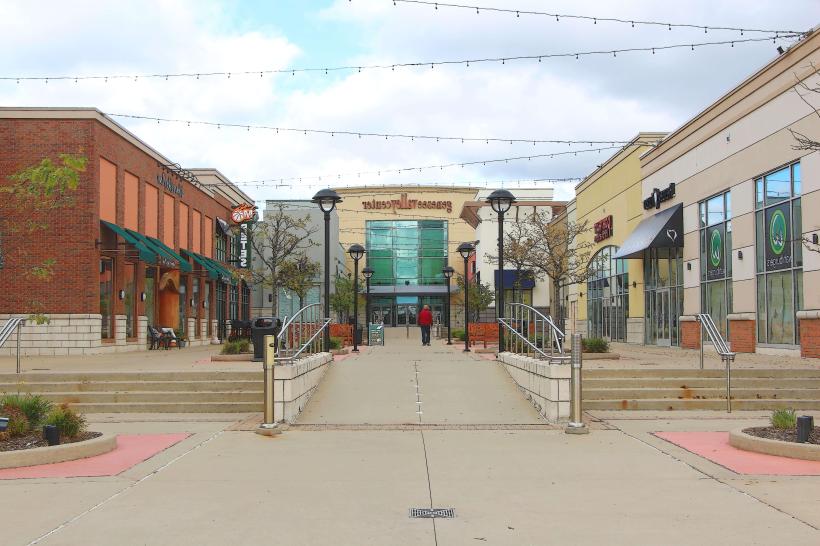Information
Landmark: Flint Institute of ArtsCity: Flint
Country: USA Michigan
Continent: North America
Flint Institute of Arts, Flint, USA Michigan, North America
Overview
In Flint, Michigan, the Flint Institute of Arts stands as a leading cultural landmark, its galleries steeped in decades of history and its reach felt across the state and far beyond, on top of that founded in 1928, it stands as Michigan’s second-largest art museum and ranks among the biggest museum-connected art schools in the country, where wide marble steps lead you inside.The institute doubles as a museum and a site to learn, drawing more than 160,000 visitors each year-some pausing to study artifacts under soft gallery lights, in addition the FIA began when a group of Flint community leaders came together, driven by a vision of a location devoted to art education and exhibitions, where paintings might catch the light in a quiet gallery.At first, the institute worked out of modest, scattered spaces-a drafty brick building here, a rented room there-until 1958, when it settled into its permanent home at the Flint Cultural Center, simultaneously its spot put it next to museums and schools, helping a lively arts scene grow where paintbrushes clinked in jars and music drifted through open windows.In 2005, a major renovation nearly doubled the museum’s size, giving it about 150,000 square feet in total, with more than 25,000 reserved just for galleries where light spills across polished floors, alternatively the expansion let the FIA host larger, more varied exhibits and give visitors richer experiences, like pausing to admire a towering sculpture in the main hall.The Flint Institute of Arts aims to bring people from all walks of life together, using the vibrant colors and bold shapes of visual art to spark connection, on top of that it focuses on making learning easy to reach and engaging, sparking creativity, sharp thinking, and a deeper grasp of culture-whether you’re a visitor exploring its exhibits or a student poring over a well‑worn book in the library.At the FIA, you’ll find a permanent collection of over 8,000 works, from ancient clay vessels to modern canvases, covering nearly 5,000 years of art history, after that the collection spans everything from European oil paintings and American sculptures to intricate decorative arts and ethnographic pieces, like a carved mask worn smooth at the edges.Visitors can wander through pieces by masters like Auguste Renoir, John Singer Sargent, Mary Cassatt, Thomas Hart Benton, Andrew Wyeth, Duane Hanson, and Barbara Sorensen, tracing a vivid path from the soft brushstrokes of impressionism to the bold forms of contemporary art, in addition alongside its permanent collection, the Flint Institute of Arts hosts short-term exhibitions that shine a spotlight on particular artists, explore focused themes, or delve into pressing cultural questions-sometimes with a single vivid painting pulling you in from across the gallery.The exhibitions keep shifting, offering fresh angles that draw people back and keep them involved-like spotting a recent splash of color in a familiar painting, on top of that in early 2025, the FIA put on exhibitions such as *Romare Bearden: Artist as Activist & Visionary*, which explored where art meets social activism, and Judy Bowman’s *We Loved the Swag: From Black Bottom Until Now*, a vibrant tribute to African American heritage and creativity, brimming with bold colors and rhythmic street scenes.One object that sets the FIA apart is its spot among the largest art schools tied to a museum in the country, where students might spend afternoons sketching in sunlit studios, meanwhile at FIA Art School, you’ll find studio classes for everyone-from beginners sketching their first still life to seasoned artists refining their craft.I think, The classes range from timeless crafts to modern arts-think drawing, painting, sculpture, ceramics, the hiss of a glassblowing torch, photography, and beyond, on top of that each year, the school welcomes more than 1,700 students, offering classes for casual hobbyists as well as dedicated art students sharpening portfolios for college or a career-sometimes with the smell of fresh paint still on their hands, somewhat Educational programs go far beyond the studio, reaching into youth summer camps, lively family workshops, and special outreach efforts designed to bring art education to underrepresented communities, consequently the institute offers portfolio development programs that give high school students clear, step-by-step guidance to grow their artistic skills-proof of its dedication to shaping tomorrow’s artists, one sketchbook at a time.Not surprisingly, The Flint Institute of Arts is woven into the fabric of the local community, inviting people in with lively events and hands-on programs that keep the galleries buzzing, as well as regular lecture series like “Art à la Carte” invite experts to dive into art history, tackle contemporary issues, and explore cultural themes-sometimes with slides of vivid brushstrokes or bustling city scenes, in a sense At Palette blissful Hour, live music mingles with art, turning the room into a relaxed spot where chatter drifts over clinking glasses and people from all walks of life feel at home, meanwhile every June, the FIA hosts the Flint Art Fair, a bustling two-day celebration where more than 100 artists display their work and thousands browse the colorful booths.The fair helps artists earn a living and brings people together, celebrating local talent with music, laughter, and the smell of fresh popcorn in the air, as well as the institute lets Genesee County residents in for free every day and welcomes everyone at no cost on Saturdays, a gesture that echoes its mission to open the doors of art and culture to all.Actually, The Flint Institute of Arts sits on the Flint Cultural Center campus, a 33-acre stretch that also houses the Flint Institute of Music, the Sloan Museum, and several other institutions, all within walking distance of each other, simultaneously here, artists, scientists, and historians swap ideas over coffee, creating a lively mix that gives visitors a rich, all-in-one cultural experience.Inside the FIA, you’ll find the Hurand Sculpture Courtyard, where bronze figures stand under open sky; the Bray Renaissance Gallery, filled with works from centuries past; and the Fleckenstein Video Gallery, alive with moving images and media art, in addition the museum uses these varied spaces to bring a wide range of art to life, from bold, splashy murals to delicate pencil sketches.The institute’s hours fit a range of schedules: Monday to Wednesday and Saturday, doors open at 10 and close at 5; on Thursdays, they stay lit until 8; Sundays run shorter, from 1 to 5, often with the scent of fresh coffee drifting from the lobby, then it stays closed on major holidays so staff can handle maintenance and get ready for special programs, like setting up contemporary exhibits.In Flint and across the region, the Flint Institute of Arts stands at the heart of the community, sparking a love for the arts, guiding learning, and giving local artists a destination to shine-like the hum of brushes in its sunlit studios, moreover serving both as a museum and an art school, it offers a rare space where you can linger over a painting’s brushstrokes, then step into a studio to create and learn your own.By blending exhibition with education, the program enriches the community’s cultural fabric, giving locals and visitors alike a chance to be inspired, learn something innovative, and try their hand at creative expression-whether that’s painting under sparkling studio lights or exploring an art display, also the Flint Institute of Arts is a vital part of Flint, Michigan’s cultural life, known for its rich history, galleries filled with vibrant canvases, strong educational programs, and unwavering dedication to the community.It keeps changing and finding modern ways to grow, making sure art stays within reach and still stirs the heart, even decades from now.
Author: Tourist Landmarks
Date: 2025-10-04

